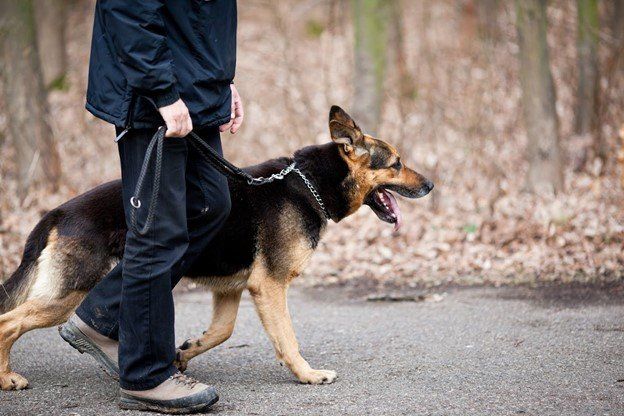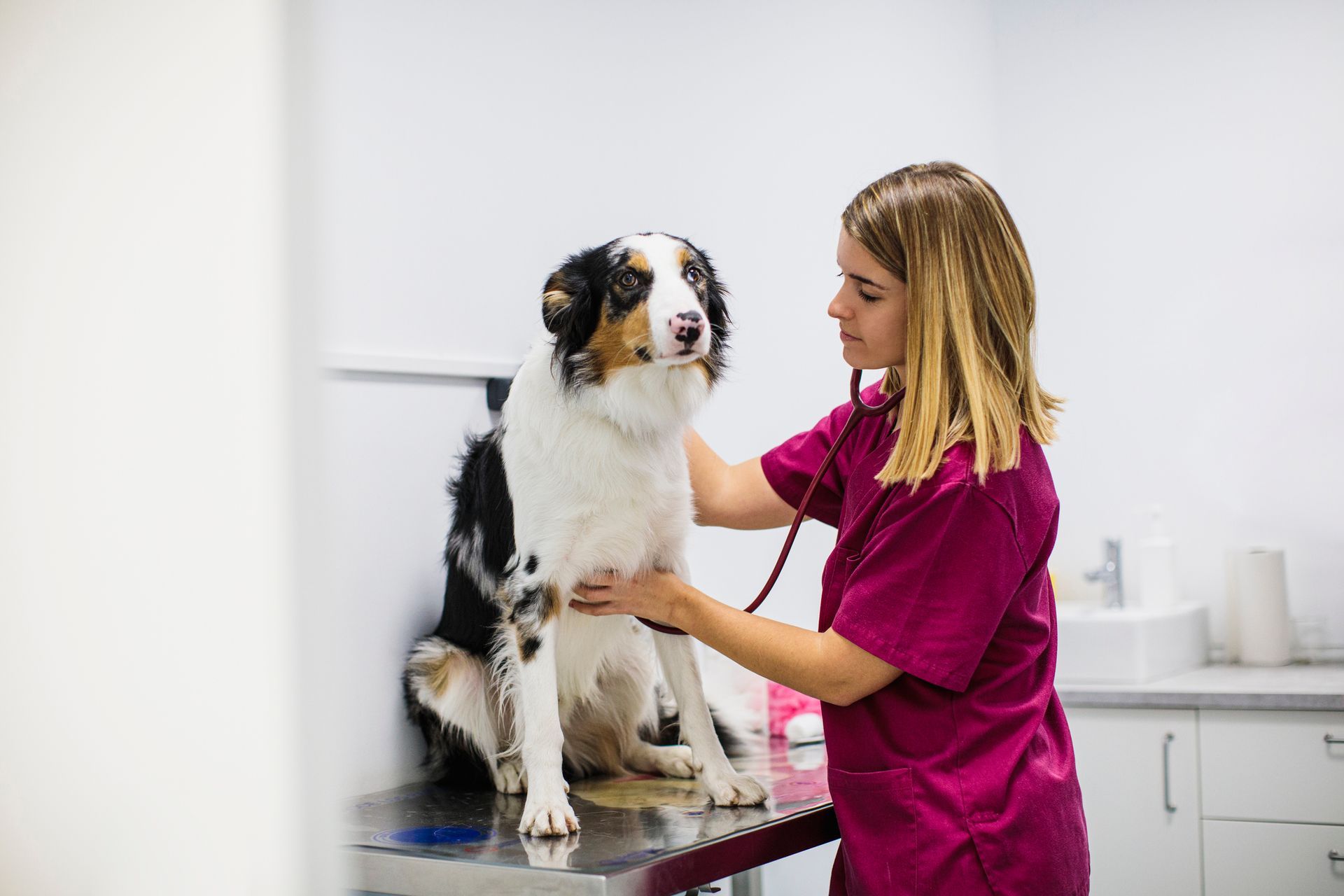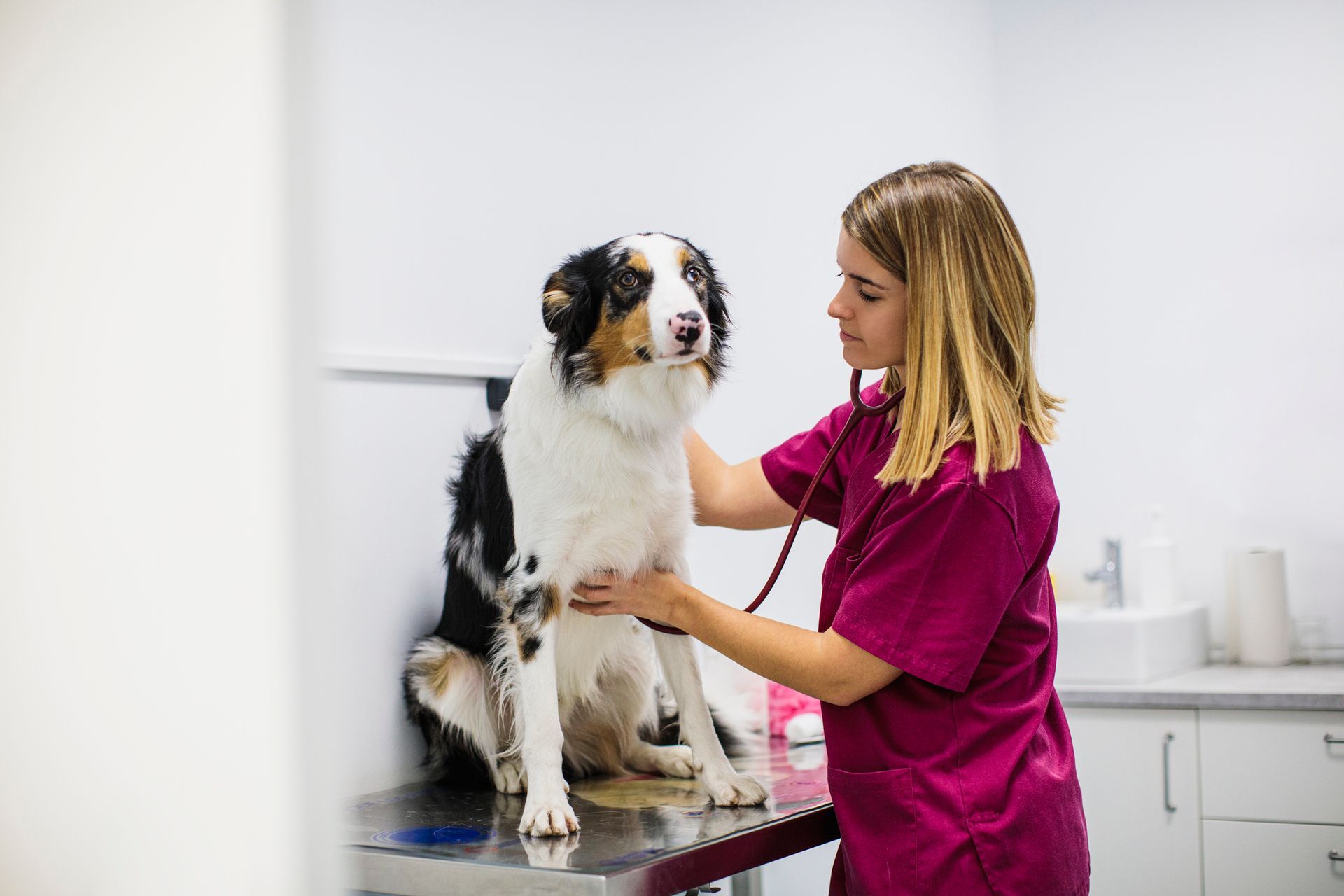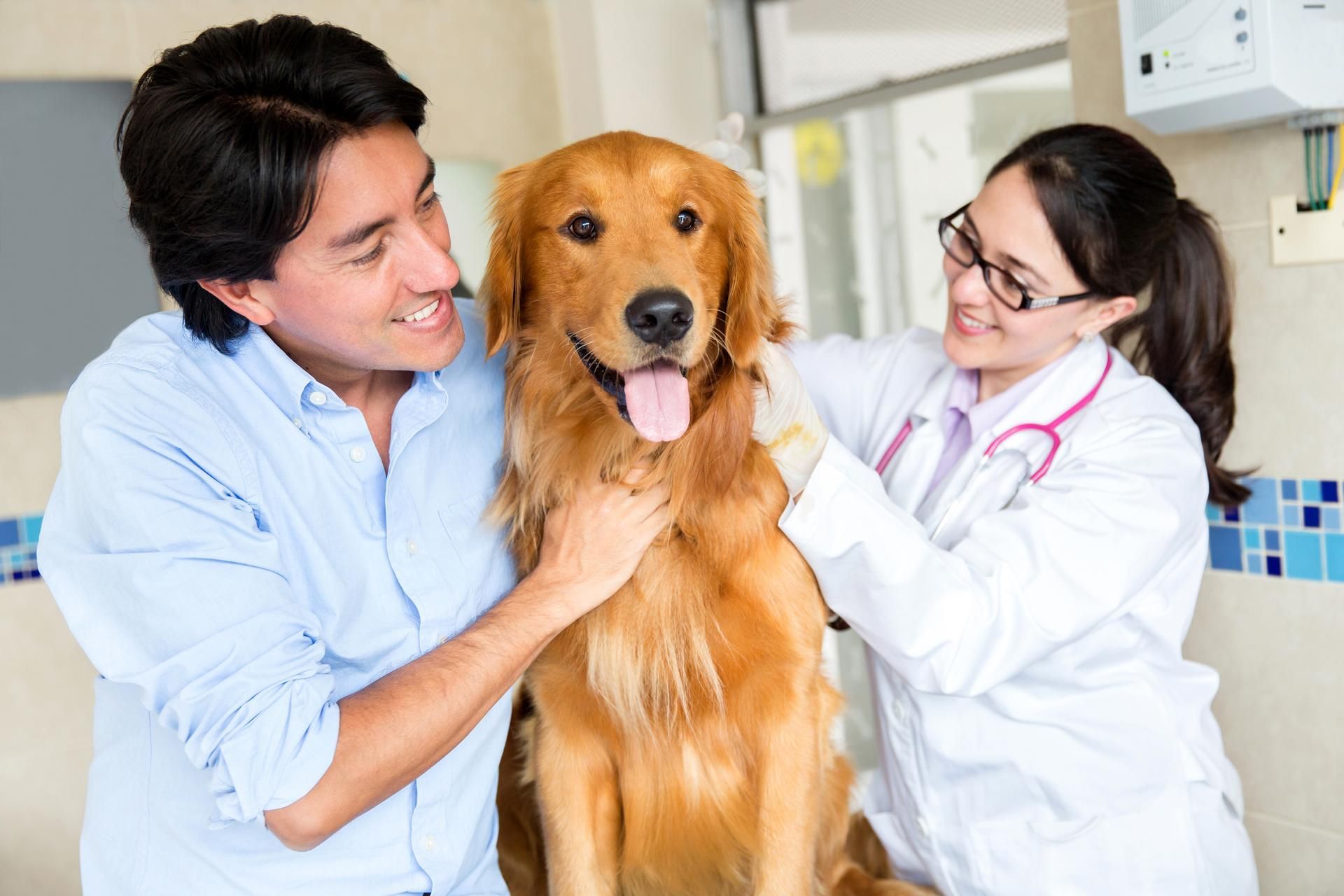4 Bone Problems That Can Bother Large-Breed Dogs

Few sights can sadden a pet owner more than that of a beloved dog struggling to walk or showing other signs of a bone problem. In many cases, these symptoms point to an acute injury or degenerative joint problem. However, large-breed dogs in particular can also suffer from other kinds of bone disorders.
Whether you know your puppy will grow into a titanic figure of a dog or you already look after a giant-breed adult canine, you need to understand how to recognize potential bone problems and seek the appropriate veterinary care for them. Take a look at four examples of large-breed canine bone disorders.
1. Panosteitis
If you grew rapidly throughout your teenage years, you may remember suffering from growing pains in your bones. Dogs who grow very large in a relative hurry can experience similar issues in their youth. In these cases, abnormal sensitivity in the outer shafts of the leg bones lead to a condition known as panosteitis.
In addition to the rapid growth that encourages the condition in large-breed dogs, genetics also seems to play a role in panosteitis risks, with more cases occurring in German Shepherd dogs than in other breeds. Dietary or stress factors may also affect a dog's overall panosteitis risk.
Pain and lameness that shift from one leg to another indicate possible panosteitis. Your veterinarian can prescribe pain relievers to help your dog through these growing pains. Fortunately, panosteitis goes away once the legs have finished growing. Some dogs may need corticosteroid medications to help manage their discomfort.
2. Hypertrophic Osteodystrophy
While some large-breed dogs struggle with panosteitis in their long bones, others may develop pain and inflammation at the bone ends, where the growth plates create cartilage that transforms into new bone. In a condition called hypertrophic osteodystrophy, poor blood flow to the growth plates limits this development process.
Although veterinary science hasn't nailed down the exact causes of hypertrophic osteodystrophy in dogs, the condition occurs more frequently in large or giant breeds. Commonly affected breeds include Great Pyrenees, Standard Poodles, German Shepherds, Labrador Retrievers, Boxers, Weimaraners, and Great Danes.
Like panosteitis, hypertrophic osteodystrophy should sort itself once your dog stops growing. (Some cases only occur once during this formative growth stage.) However, your large puppy may experience severe pain that causes limping, swollen legs, and even issues such as fever, diarrhea, and loss of appetite.
Your veterinarian can confirm hypertrophic osteodystrophy through X-rays, blood tests, and urine tests. These diagnostics help to eliminate other potential causes of the diarrhea and other systemic symptoms. Your pet may benefit from non-steroidal anti-inflammatory drugs as well as a diet specially formulated for large breeds.
3. Osteochondritis Dissecans
In some large-breed dogs, the cartilage that forms at the ends of their bones develops abnormally. The defective cartilage may have a crack in it, take the shape of a flap, or completely detach from the bone, resulting in a painful, potentially debilitating inflammatory problem called osteochondritis dissecans.
Osteochondritis dissecans most frequently strikes young male puppies. Although rapid growth and genetics count as the main risk factors, a high-calorie diet containing too much calcium can also encourage its development. Other possible triggers include hormonal imbalances and bone trauma.
Like the other two conditions noted above, osteochondritis dissecans causes lameness and severe pain, to the point that your dog will yelp if you even touch the affected area. However, this condition tends to trouble the shoulder in particular. The cartilage deformity can also lead to long-term or even permanent disability.
Treatment for your dog's osteochondritis dissecans will depend on the severity of the cartilage problem. Minor cartilage abnormalities may fix themselves in response to a combination of rest, passive range of motion exercises, and anti-inflammatory medications. More serious cartilage issues may call for surgery.
4. Bone Cancer
Bone cancer represents a serious threat to a dog's life. This fast-growing form of cancer can spread to other parts of the body while also weakening the bones where it originally appears. Bone cancer can make its first appearance in the legs, skull, jaw, ribs, or spinal column.
Possible triggers for bone cancer in dogs can include previous bone diseases, fractures, or other damage, as well as radiation exposure. However, the size of the dog also seems to matter. Bone cancer commonly strikes Great Danes, Golden Retrievers, Irish Wolfhounds, Irish Setters, Rottweilers, and Newfoundlands.
Bone cancer typically develops in either puppies or geriatric dogs, showing no symptoms in its early stages. When symptoms develop, they can include pain and loss of function in the affected part of the body. As the cancer grows, the affected bone may swell noticeably.
Your veterinarian may recommend the amputation of a limb if the cancer has limited itself to that limb. (Thankfully, dogs tend to adapt to a lost limb more easily than humans.) Your dog might also need chemotherapy, radiation treatment, and/or pain management care.
As with so many other pet health challenges, constant vigilance in the form of preventative wellness checkups can help your veterinarian catch and treat bone disorders in large-breed dogs. Contact South Seattle Veterinary Hospital today to schedule preventative care or request an evaluation for a possible bone problem.










